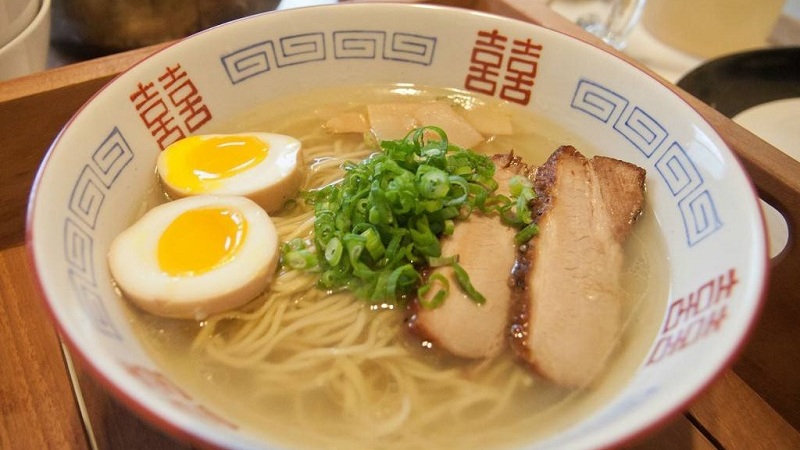1 What is Ramen Noodle?
Ramen is more than just a dish in Japan; it’s considered the “soul food.” While it may not be as ancient as Udon, Soba, or Somen noodles, ramen has captured the hearts of locals and visitors alike, becoming a must-try when exploring the Land of the Rising Sun.
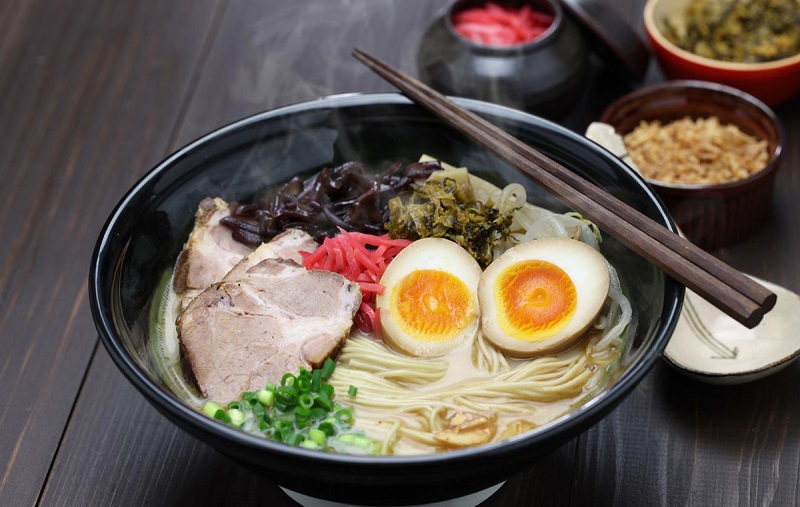
The origins of ramen can be traced back to China, where it was first introduced to Japan by scholars during the Ming Dynasty in 1665. Lord Tokugawa Mitsukuni was among the first to taste this dish. Fast forward to 1884, and ramen was being sold in a shop in Hakodate under the name “Nanking Soba.”
However, it was after World War II that ramen truly spread across the country. Soldiers returning from China brought this delicious dish with them, and soon, ramen shops could be found all over Japan.
2 Exploring the Varieties of Japanese Ramen Noodles
The soul of a bowl of ramen lies in its broth. Let’s dive into the five most popular types of ramen found throughout Japan.
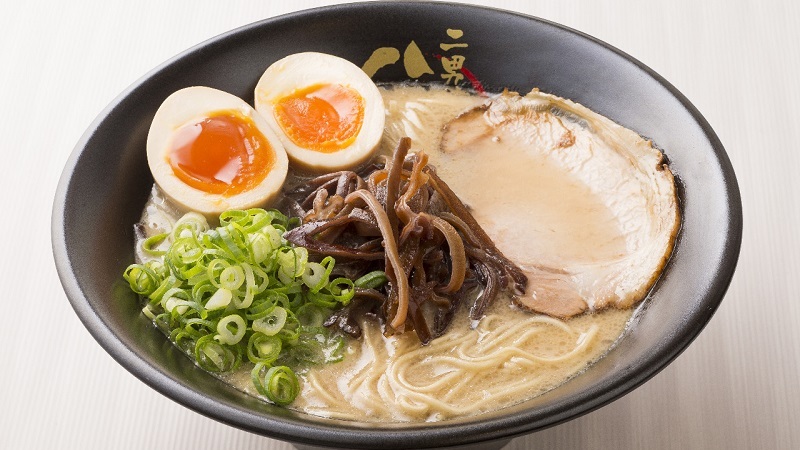
Tonkotsu Ramen
Imagine a rich, creamy broth that’s been simmered for hours—that’s Tonkotsu ramen. Made from pork bones and fat, this broth has a mild sweetness and a mouthfeel that’s simply indulgent. Thin noodles are typically used to easily absorb all those delicious flavors. Toppings like pork belly, pickled ginger, soft-boiled egg, green onions, and vegetables complete this hearty dish.
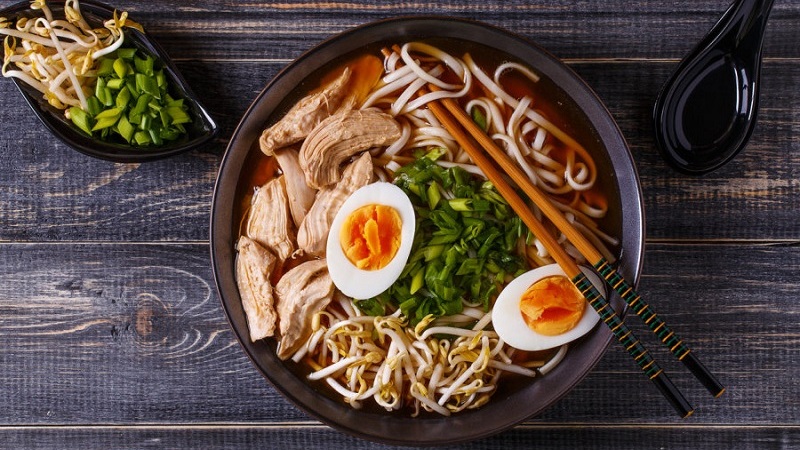
Miso Ramen
Miso, a fermented soybean paste, gives this ramen its unique flavor. The broth is created by simmering miso with chicken and fish, resulting in a mildly sweet and aromatic soup. Thicker, wavy noodles are often paired with this broth, along with soft-boiled eggs and fish cakes, making for a satisfying meal.
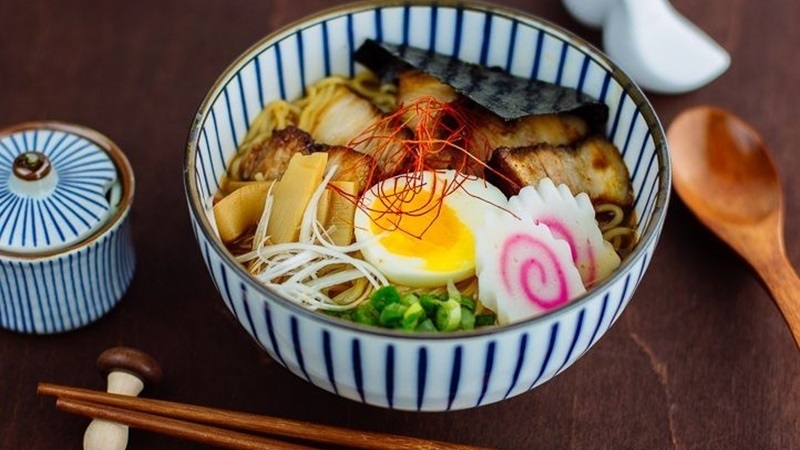
Shoyu Ramen
Shoyu ramen is all about that savory flavor. The broth is made with soy sauce, meat, and vegetables, creating a sweet and salty combination. This broth tends to be on the heavier side, so it may not be for those who prefer lighter flavors. Thin noodles are used to allow the broth to permeate easily. Toppings like fish cakes, seaweed, char siu pork, and soft-boiled eggs are commonly added.
